The relationship between industry and nature is written into the topography of Tampere, Finland. Occupying a narrow isthmus between two of the country’s thousands of lakes, the city center is clustered with the red-brick chimneys of disused power plants and fabric, paper, and metal mills of its wealthy industrial past. Tampere’s rich theatre tradition is a product of that workerist history, which is why it—rather than the Helsinki-Espoo megalopolis—hosts the Nordic region’s largest international theatre festival.
Tampere is the hybrid among European festivals. The main program of thirteen Finnish and seven international productions is a sort of expanded version of Germany’s Theatertreffen, while the accompanying OFF festival of thirty-five independent productions represents a bonsai Edinburgh Fringe. Other components—a performance tent in the market square and small performances in cafes and restaurants—offer the convivial, municipal vibe of nuits blanches. Venues sprawled across the city provide a cross-section of the local scene. Downtown, the grungy concert venue Pakkahuone, originally a customs hall, is transformed by a seating rake into a theatre, while, further down Tampere’s main boulevard, Tanssiteaterri houses contemporary dance and cabaret. Outside the city, Sorin Sirkus hosts the circus performances Finland has elevated into a discrete artform. The main city-center complexes are the Tampere Theatre (TT) and Tampere Workers’ Theatre (TTT), which is the largest and grew out of the workers’ movement in the early twentieth century.
The theme of Tampere 2019, which ran between 5-11 August, was “bravery,” conceived in response to the rise of the far-right in Finland and around the world. Elections this year returned the national populist Finns Party—radicalized in 2017 after its more moderate members split off—as the second-largest party in parliament, just one seat behind the social democrats. A rainbow coalition assembled to keep the Finns from power, although they were already in government under the 2015–17 coalition. The festival performances divided into roughly two groups: those concerned with the collapse of democracy and those interested in identity, gender, race, and sexuality.

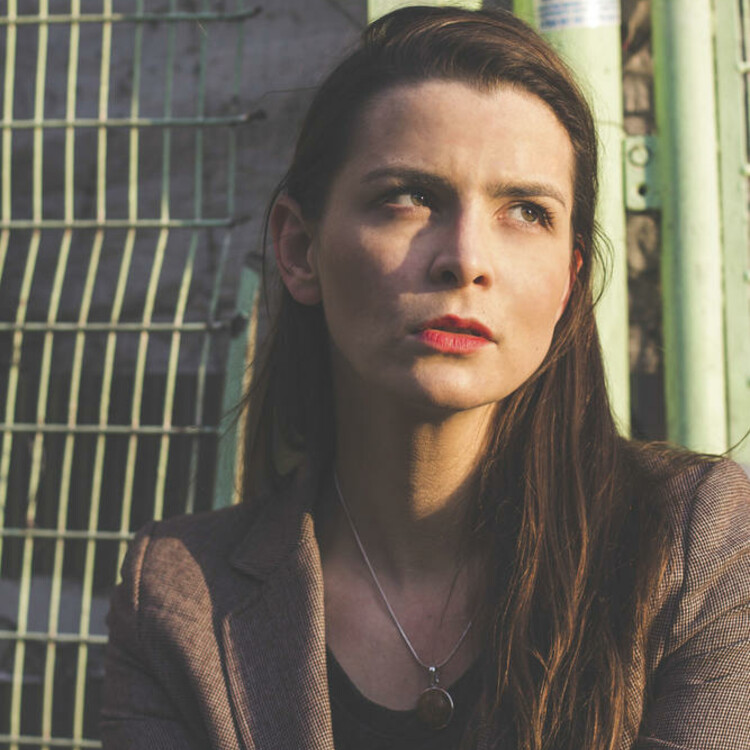
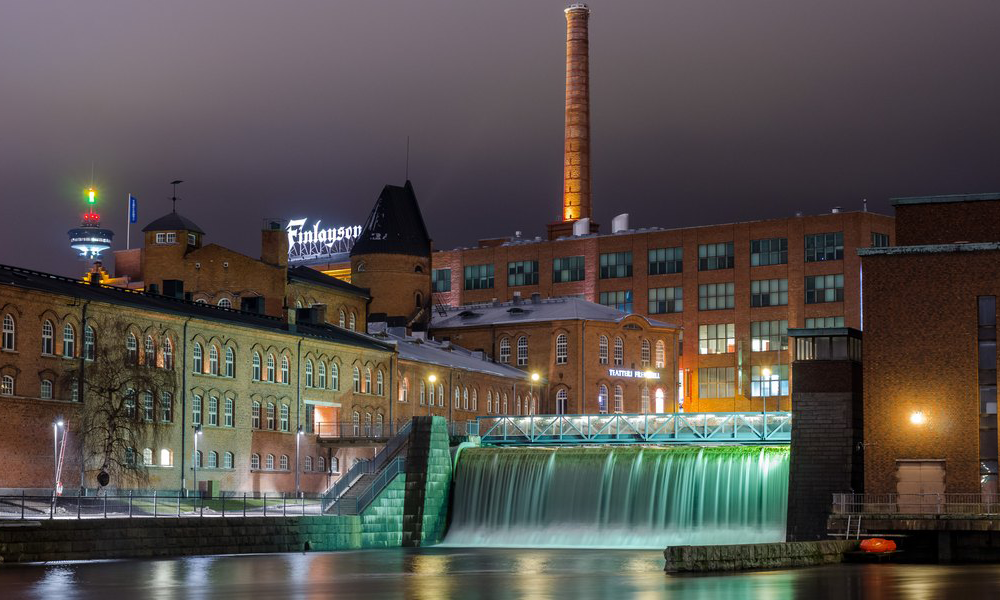
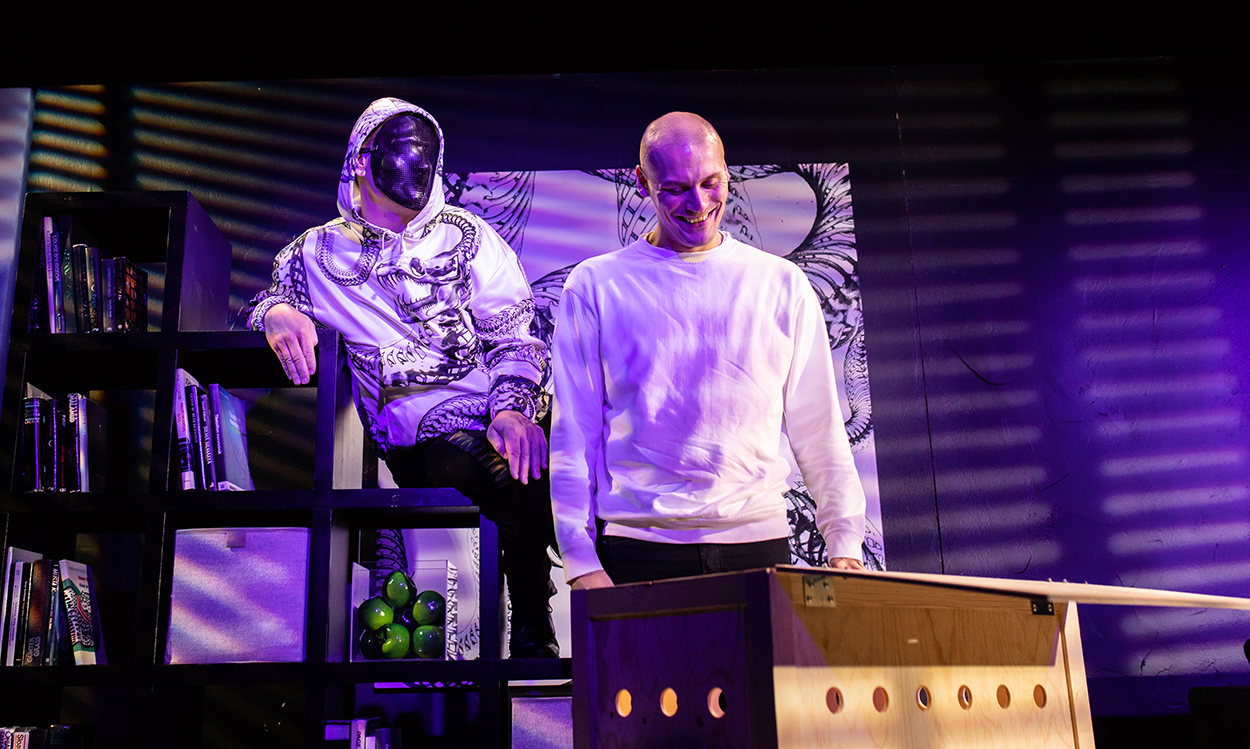
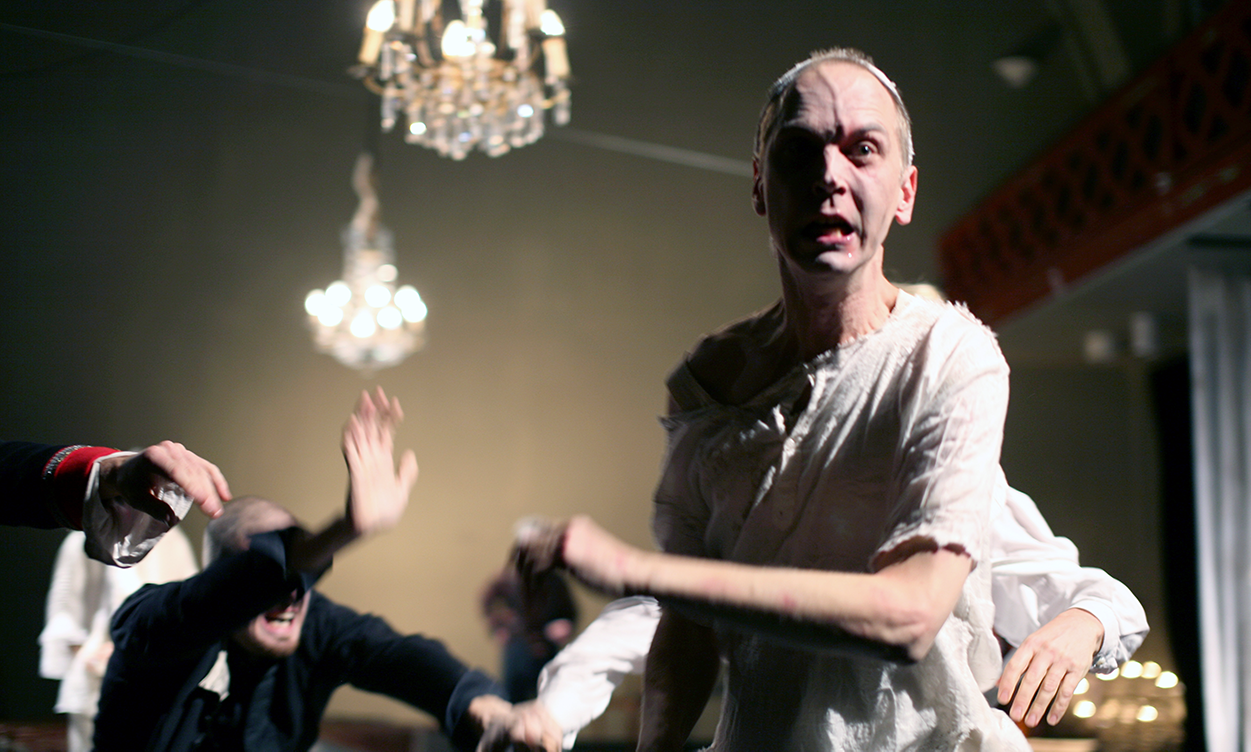
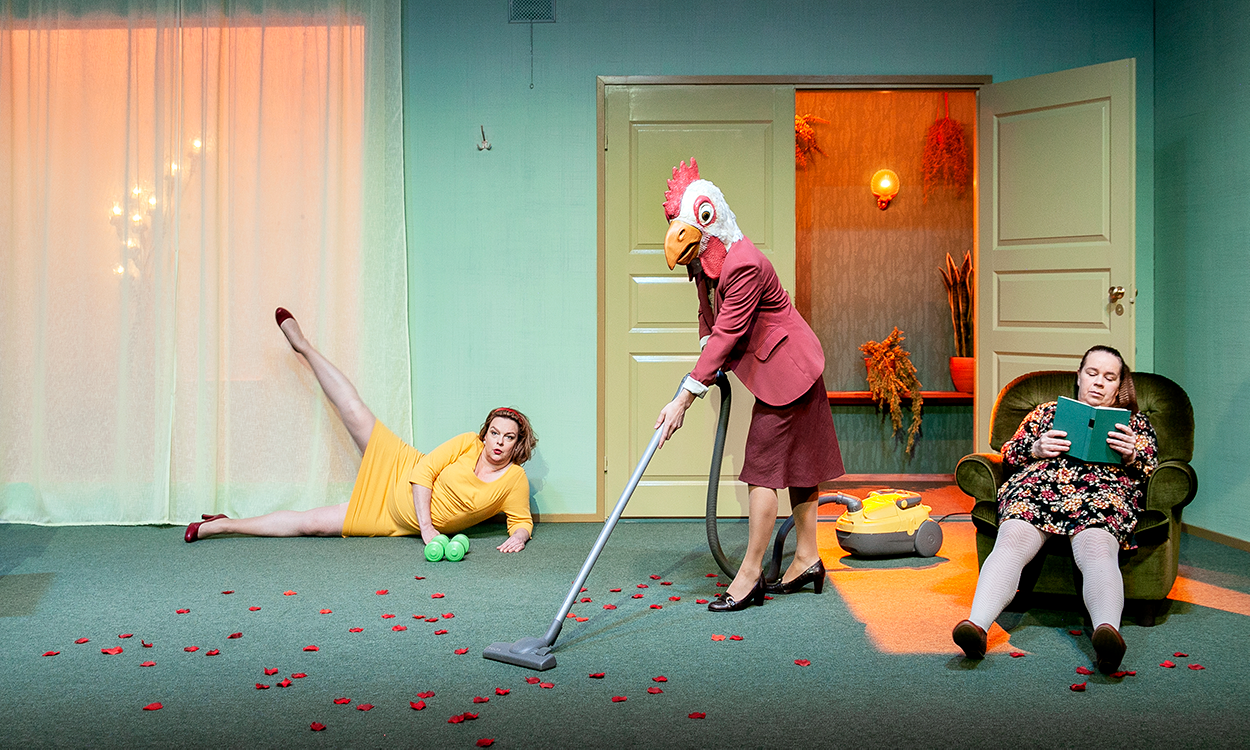
Comments
The article is just the start of the conversation—we want to know what you think about this subject, too! HowlRound is a space for knowledge-sharing, and we welcome spirited, thoughtful, and on-topic dialogue. Find our full comments policy here